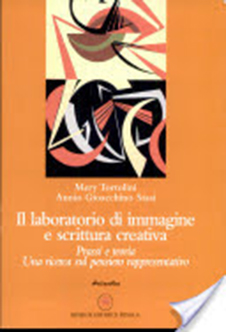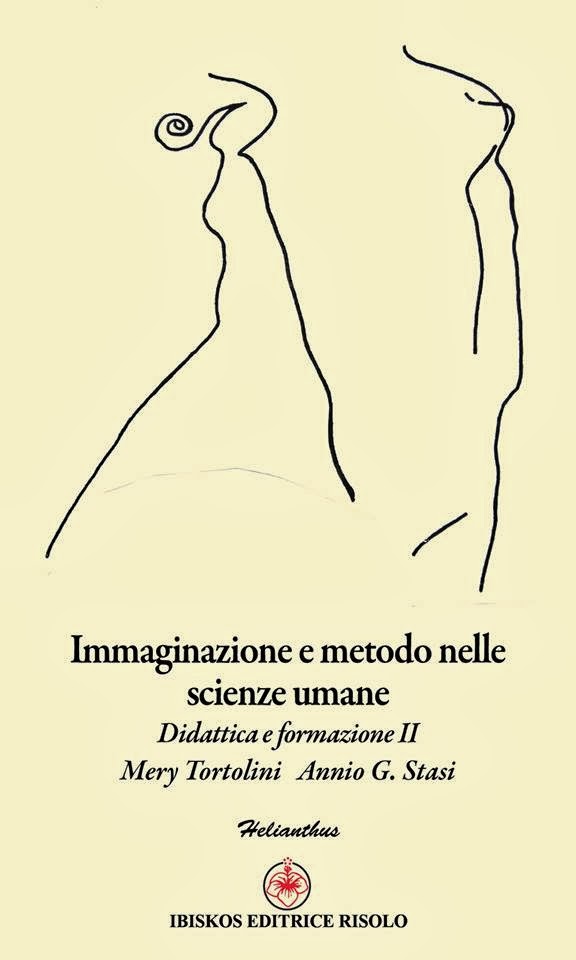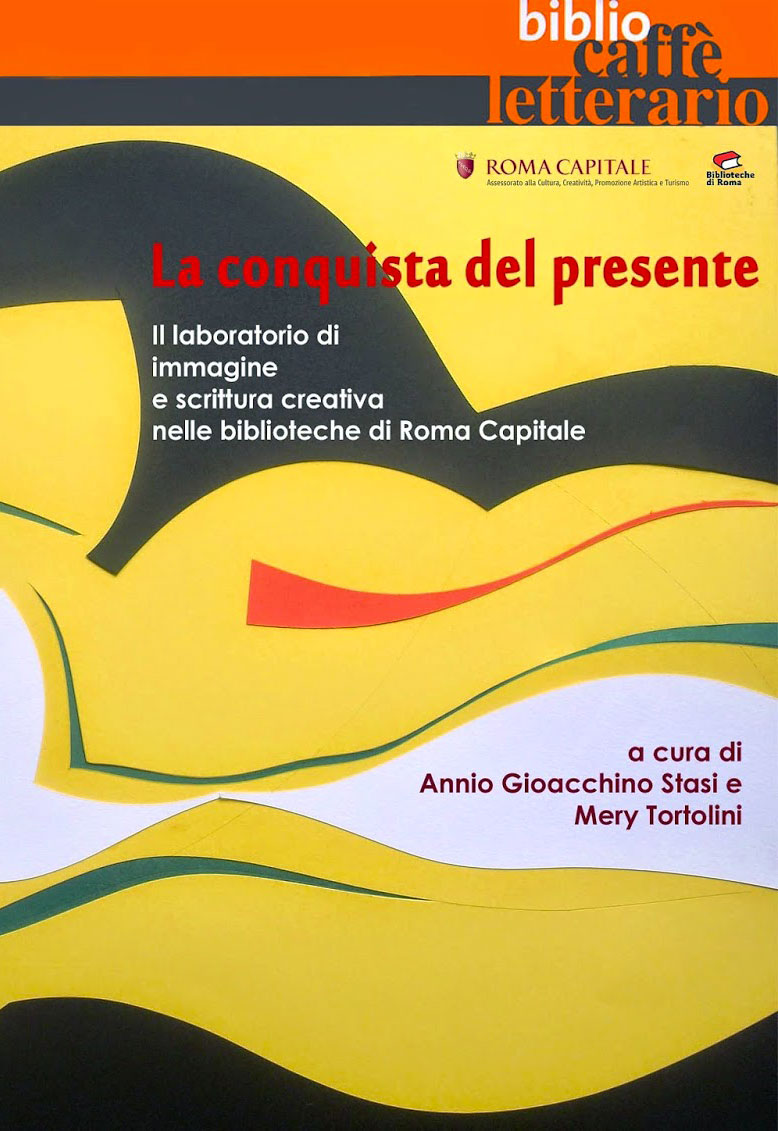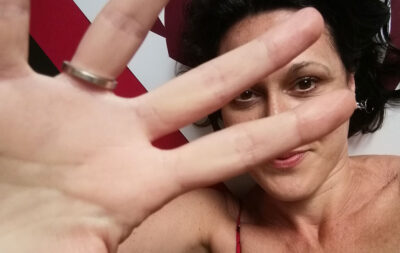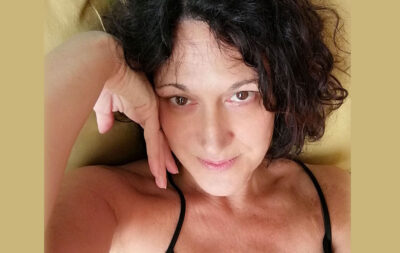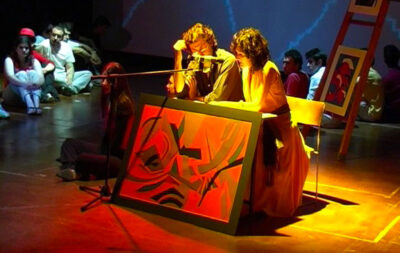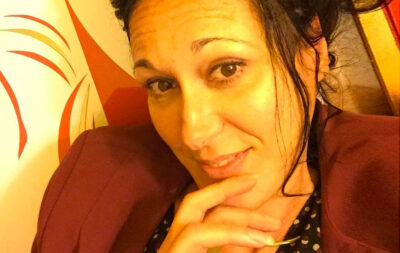Project Description
PUBLICATIONS
The result of more than ten years of experimental work carried out in institutional contexts, the volumes recount, in a narrative style, an original artistic research by proposing an innovative teaching methodology on the relationship between images and writing. Intended for teachers, scholars, students, artists and anyone who loves every form of representation, they allow you to reflect on the processes of language formation. The publications presented are also the story of a woman who, creating indefinite images, investigates the creative process. The visions from which writing is born, are found, poised between the recognizable and the unknown, the story of the expressive need: from unconscious praxis in a waking state to theory “… walking on that thread of light supported by daydreams that offer language and knowledge.”
The Laboratory of Image and Creative Writing. Practice and Theory. A Research on Representative Thinking
by Mery Tortolini and Annio Gioacchino Stasi (Ibiskos Risolo Edition, Empoli, 2007)
From work, over the years, with students, scholars and artists, the first methodological and theoretical elaboration on the possibility of stimulating, in a waking state, the formation of unconscious images in order to bring out an expressive need that is human possibility and capacity. Research developed at the “La Sapienza” University of Rome over seventeen years.
“… Those who were sitting with open eyes in front of us told us, in silence, with movements – signs like raindrops fell from their hands telling the story of the outsiders that were cursed and chased without honors and titles, the story of the forgotten images from the walls of houses and cities, returned, in the mind like persistent shadows. They did not die, they reappeared like those who on the street, in the fields, served to give the speechless the warmth of tears and laughter.
It was necessary to form a bond, in the present, with others and, losing movement and articulated language, collecting images such as fireflies, shadows, breaths and silent assent. Bringing a group back to a beginning, when to grasp the meaning of things was enough to give away useless gestures of understanding, such as of love, which cause the revolt of images. We had to make a music reappear that had been lost voices, because they were now dressed in false identity cards.
We had to risk the misunderstanding of others, who in the face of our silent gestures could mistake us for beings without words: barbarians, foreigners, illegal immigrants, women, children, artists: human beings without power”.
Contributions from Tullio De Mauro, Massimo Fagioli, Mery Tortolini, Annio Gioacchino Stasi, and others.
Imagination and Method in the Human Sciences. Didactics and Training Vol.I
by Annio Gioacchino Stasi and Mery Tortolini (Ibiskos Risolo Edition, Empoli 2010)
On the basis of the stimulus offered by more than ten-years research of the Laboratory of Image and Creative Writing of Mery Tortolini and Annio Gioacchino Stasi, scholars of various humanistic disciplines debated with each other at the “La Sapienza” University of Rome, questioning the relevance of imagination, the method of human sciences, teaching and training. Images and words in a didactic relationship allowing fundamental questions to emerge.
“Unresolved is the contrast that must be faced by the scholar of human sciences, forced by the rigour of science that asks for the exactness of the cognitive method and the experimental verification, running the risk of studying the paralysis of an embalmed body in a glass case, and the need to recreate, perhaps invent one’s own object of knowledge, restoring life and movement to it”. (Mery Tortolini)
Imagination and Method in the Human Sciences. Didactics and Training Vol. II
by Mery Tortolini and Annio Gioacchino Stasi (Ibiskos Risolo Edition, Empoli 2013)
Second conference at the “La Sapienza” University of Rome, on Imagination and Method in the Humanities, Teaching and Training. Deepening the research in a passionate and exciting collaboration in which method and life choices, practice and thought are linked to one another.
“We had to separate, have the courage to die of hunger and cold, acknowledge to ourselves that we had reached an upright position, walking, talking, we had learned to write and think, in spite of everything. It was necessary not to lose one’s womb as a woman, the beauty of one who, while defying the adversities of primordial nature, had artfully scratched the walls of a cave, nursed and created images. Sometimes the artist, the woman, the man does not die, sometimes disobedience is not punished, the important thing is to know how to pretend to be stationary, the important thing is to distinguish sleep from death, giving voice to silence. The important thing is to give back time.” (Mery Tortolini)
Contributions from Roberto Nicolai, Emanuela Piemontese, Claudio Zambianchi, Elisabetta Mondello, Francesco Pitocco, Dario Evola, Monica Cristina Storini, Andrea Cucchiarelli, Paolo Canettieri Annio Gioacchino Stasi.
Appendix: contributions and reviews concerning the documentary film “Ombre di luce” from the Image and Creative Writing Laboratory.
The Conquest of the Present. The Laboratory of Image and Creative Writing in the Libraries of the Municipality of Rome
by Mery Tortolini and Annio Gioacchino Stasi (2015)
“We brought our experimental work, a Laboratory of Image and Creative Writing, which for eighteen years elaborated on original research at the University “La Sapienza” of Rome in the Libraries of Rome … the basic idea was to highlight the deep links between writing and reading. The practice of creating representative thought, through an act of writing, moves processes in which the eye searches for a voice in the words of others and today we say a sound that touches the skin of the reader more than the ear. Writing is one of those expressive needs that go beyond empty technicalities, but which has to do with a search for identity”.
Meetings with Francesco Pitocco, Francesco Troccoli, Emanuele Santi, Tony Carnevale. “The Wait” a Collection.
“We will say no to the soundless voice of resignation, of lost wars, of broken desires, of fathers and mothers, of unfortunate brothers. We will say no to all this, to be alive without blame, because chance can make us alone. The hands will then fearlessly dip into the drops of blood that heal wounds giving a new body to the black line of thought. To be back in the present on the edge over discovery that moves the time of history. ”
(From the introduction by Mery Tortolini).

